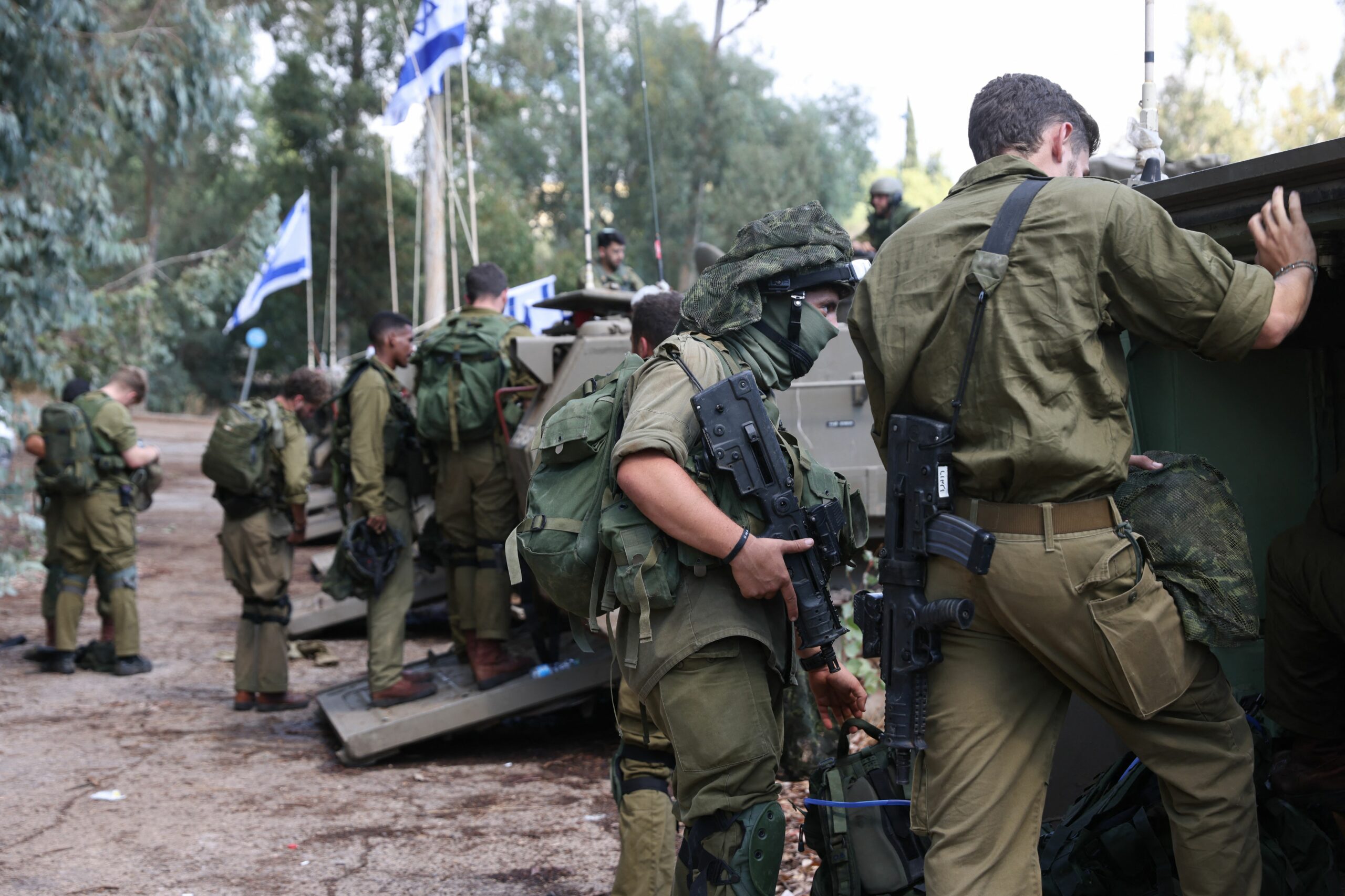Preparations appear to be ongoing for an Israeli military operation in Rafah
This assessment was issued to clients of Dragonfly’s Security Intelligence & Analysis Service (SIAS) on 12 March 2024.
- We anticipate a heightened terrorist threat in Jerusalem and the West Bank ahead of and during such an operation
- The Gaza-based militant threat is very unlikely to recede after an operation in Rafah
We have little doubt that Israel will mount a major military operation in Rafah, probably in the coming months. This is regardless of whether it agrees to a temporary ceasefire with Hamas in the meantime. Clients have asked us how this would play out and affect the length of the Israel-Hamas war. Based on our analysis of Israel’s recent military operations in Gaza, moving into and seizing control of Rafah will probably take up to three months to complete. We also anticipate that there will be a heightened terrorist threat as well as a ramp up of pro-Palestine protests globally around the start of the operation.
Military operation in Rafah remains highly likely
Israel’s leaders seem to be ignoring international efforts to discourage an operation in Rafah. Prime minister Benjamin Netanyahu reportedly stated on 10 March ‘we will go there’ when responding to a question by journalists on whether the security forces would move into Rafah. He and members of the cabinet have mentioned this operation several times in recent months. Rafah is the last major Palestinian city reportedly still under Hamas control since the beginning of Israeli ground military operations in Gaza on 27 October.
The exact timing of a Rafah operation remains uncertain, though. This is mainly because the Israeli authorities still seem to be putting together plans to move 1.3m Palestinians already displaced there out of the city. The evacuation would probably require a two-three week pause in fighting between Hamas and the Israeli security forces, mainly in southern Gaza. This was the time it took aid agencies to evacuate around 1m Palestinians from northern Gaza to the south in October before Israel started its ground operations.
The UN and aid agencies evacuating and relocating displaced Palestinians would signal that the Rafah operation is imminent. Based on similar previous operations in northern and central Gaza, the subsequent offensive will probably include two main stages:
- The Israeli air force intensifies bombing campaign to facilitate manoeuvring of ground forces
- The Israeli ground forces lay siege and then defeat Hamas forces in the city
The first stage would take around one week and the second probably at least one month.
Heightened terrorism threat in Israel
A sense of urgency among Palestinian and other militants to mount attacks in Israel will probably continue. Irrespective of an operation in Rafah, the ongoing conflict between Hamas and Israel seems to be sustaining this. The Israeli authorities as well as several foreign governments have already advised of a heightened terrorism threat across the Middle East during Ramadan (11 March – 9 April).
Jerusalem and the West Bank is where terrorist attacks are particularly likely. Our terrorism threat level there is severe. Palestinian militants have already engaged in campaigns of shootings, small bombings and stabbings in recent months. In the latest such incident, three Palestinian gunmen killed an Israeli citizen near the settlement of Ma’ale Adumim in the West Bank on 22 February. Palestinian militants and lone-attackers seem to view the Jewish holidays as an opportunity to mount attacks. Key dates in the coming months include:
- Passover, 22-30 April
- Israel’s Independence day, 13-14 May
- Jerusalem Day, 4-5 June
Frequency of pro-Palestine protests likely to increase
We anticipate that the frequency of pro-Palestine protests will increase as a result of a military operation in Rafah. Data provided by our partner the Armed Conflict Location & Event Data Project (ACLED) show that the number of pro-Palestine protest events has decreased globally from around 1,900 during October 2023 to around 1,000 in February. But the frequency of these has picked up around significant events that have caused moral outrage, such as the bombing of a hospital in Gaza. ACLED data suggest there have already been more than 300 protest events in March. Most of these took place in the US, Morocco and Yemen.
Public expressions of anti-West sentiment across the Middle East and North Africa are also very likely to remain visible. This is also independent from an operation in Rafah, in our analysis; that has been a trend since the start of the war. US brands appear to be the main target of boycott campaigns in the region. Regional media reports recently mentioned that at least four US brands have either missed sales targets or had to adjust their growth forecast because of the situation in the Middle East.
Rafah operation signals end to ground offensive
Major Israeli ground military operations in Gaza would end after Israel defeats Hamas in Rafah. Rafah is the last major Palestinian city still controlled by Hamas. Based on our analysis of recent Israeli military operations in Gaza, it would take approximately up to three months for the Israeli security forces to defeat all of Hamas’ remaining battalions. The Israeli defence minister, on 16 February, said that the military has so far destroyed 18 out of 24 Hamas battalions, and that after the war, there will be ‘no remaining Hamas military force in Gaza’.
Still, the Gaza-based militant threat would be very likely to continue even if major military operations ended. This is for two main reasons. First, there is still no clear plan for governance in Gaza after the war. Palestinian militancy has long thrived in governance vacuums. Second, is the enduring appeal of Hamas’ ideology. There are several Islamist-inspired armed groups that operate in Palestine and across the region. And there is very little that separates many of these ideologically from Hamas.
Image: Israeli soldiers take a position in the northern town of Kiryat Shmona, close to the border with Lebanon, on 16 October 2023. Photo by Jalaa Marey / AFP via Getty Images.




